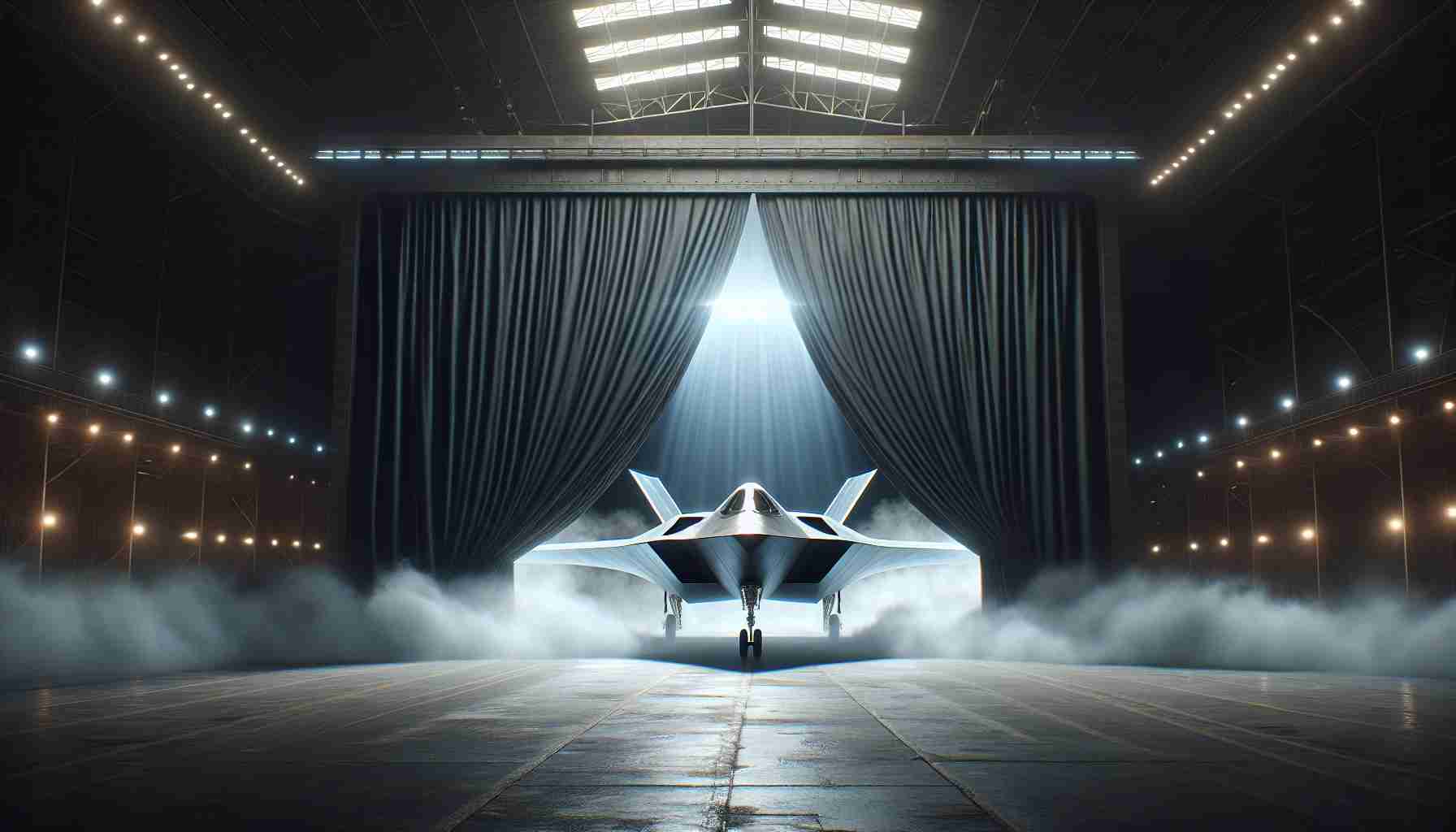In recent years, the Chinese military has made significant strides in developing its air force capabilities, and at the forefront of this transformation is the J-20 “Mighty Dragon.” As China’s first stealth fighter, the J-20 represents a quantum leap in technology and strategic capability, drawing global attention and speculation about its potential impact on military balance.
The J-20, developed by Chengdu Aerospace Corporation, took its maiden flight in 2011 and entered service with the People’s Liberation Army Air Force in 2017. It is believed to be engineered with advanced stealth features aimed at evading radar detection, making it a formidable opponent against even the most advanced aircraft. Beijing has emphasized the role of the J-20 in achieving air superiority in contested regions, but new developments highlight a broader strategic intent.
Analysts suggest that the recent upgrades to the J-20, which include domestic engines replacing imported ones and enhanced avionics, signal China’s ambition to position the aircraft not just as a defensive tool but as a critical component of its power projection strategy. This evolution is likely to affect military tactics in the Asia-Pacific region and beyond.
The international community watches closely, as these moves could redefine air warfare dynamics. As the J-20 becomes more integrated into China’s military doctrine, understanding its capabilities and limitations will be crucial for maintaining peace and stability in an era of heightened global competition.
Surprising Details About China’s J-20 Stealth Fighter You Haven’t Heard Yet
The J-20 “Mighty Dragon” is often discussed in military circles, but some surprising aspects fly under the radar. Did you know that the Chinese stealth fighter includes innovative materials in its design, potentially granting it a lower radar cross-section than previously estimated? The use of composite materials and stealth coatings is an area where China may have borrowed concepts from more established stealth programs but adapted them with their technological innovations.
Are there controversies surrounding the J-20? Absolutely. One major point of contention is the degree to which foreign technologies were allegedly incorporated into its design. There have been accusations, particularly from the U.S., that cyber-espionage may have played a role in fast-tracking the J-20’s development by borrowing elements from the F-22 Raptor and F-35 Lightning II. While these claims are countered by Beijing’s assertion of indigenous innovation, they continue to stir debate.
Advantages of the J-20? Its advanced avionics and stealth capabilities make it a potential game-changer in contested airspace. It may provide China with a tool for deterrence and maintain regional air superiority.
What about the drawbacks? The J-20 faces scrutiny over its maneuverability compared to other fifth-generation fighters. Some experts believe that its capabilities in dogfights are limited, emphasizing long-range capabilities instead.
For further information on global military developments, check Defense News and Jane’s. As discussions continue, understanding the J-20’s true role within China’s strategic framework remains crucial to comprehending evolving military doctrines worldwide.























